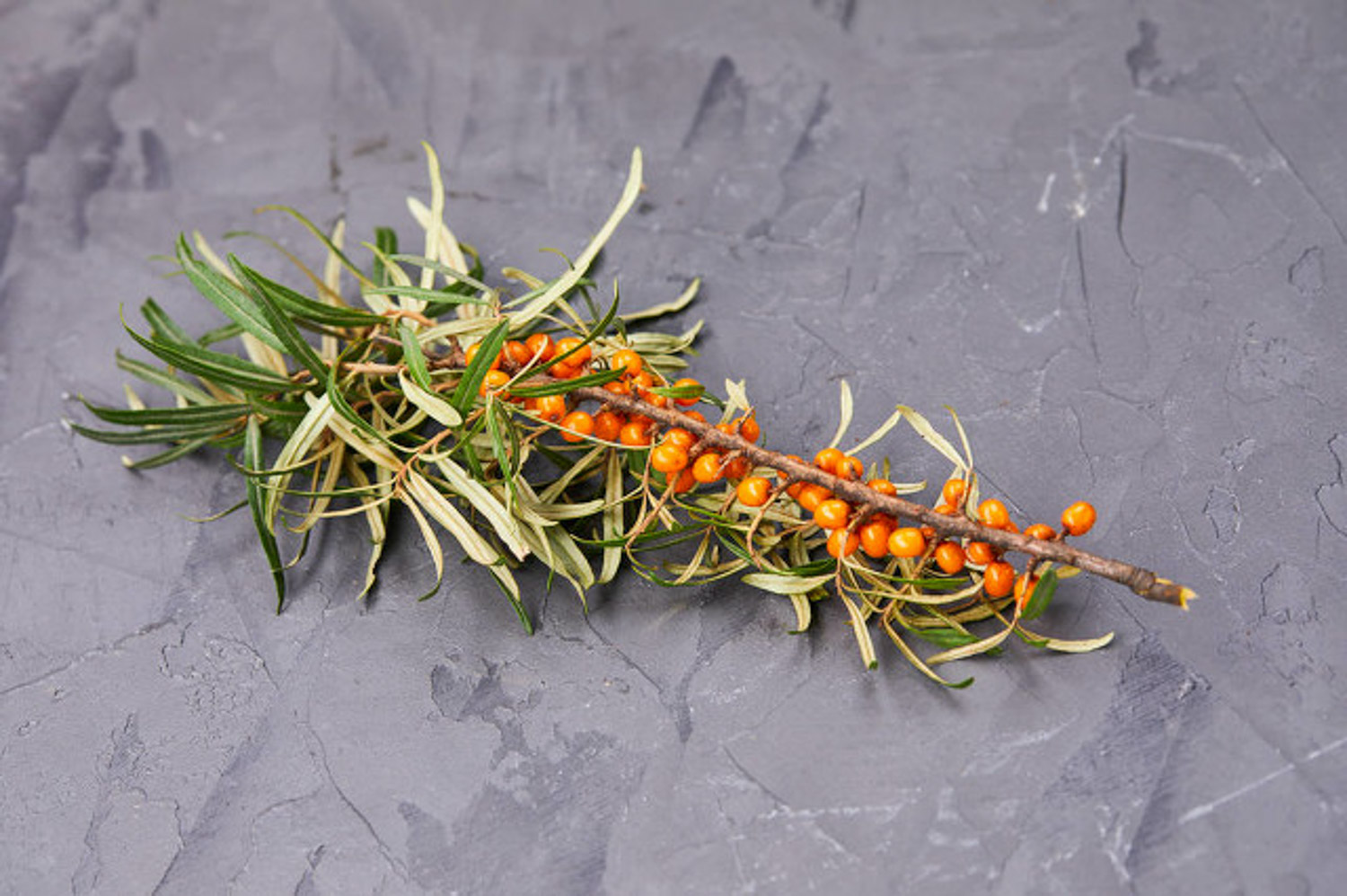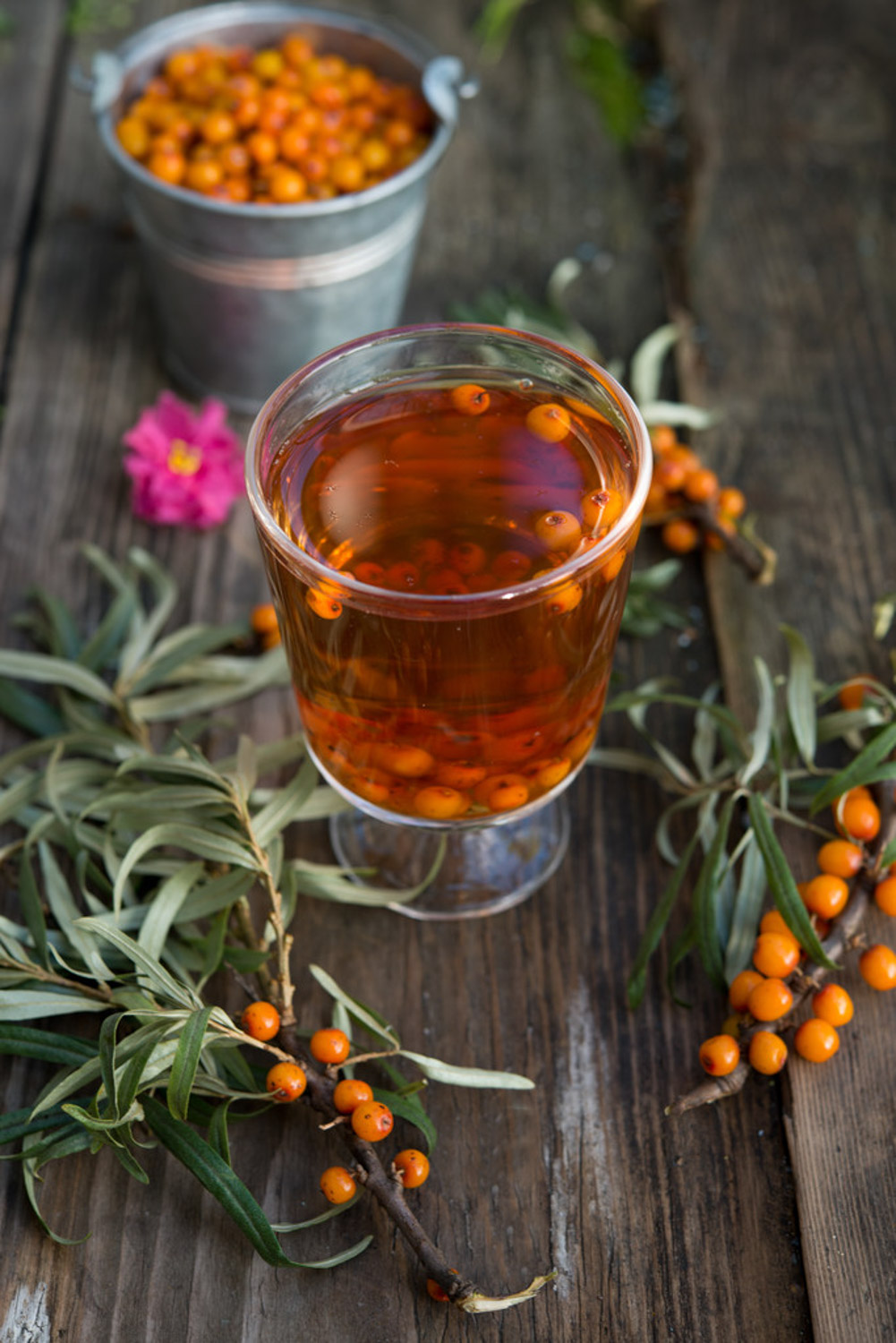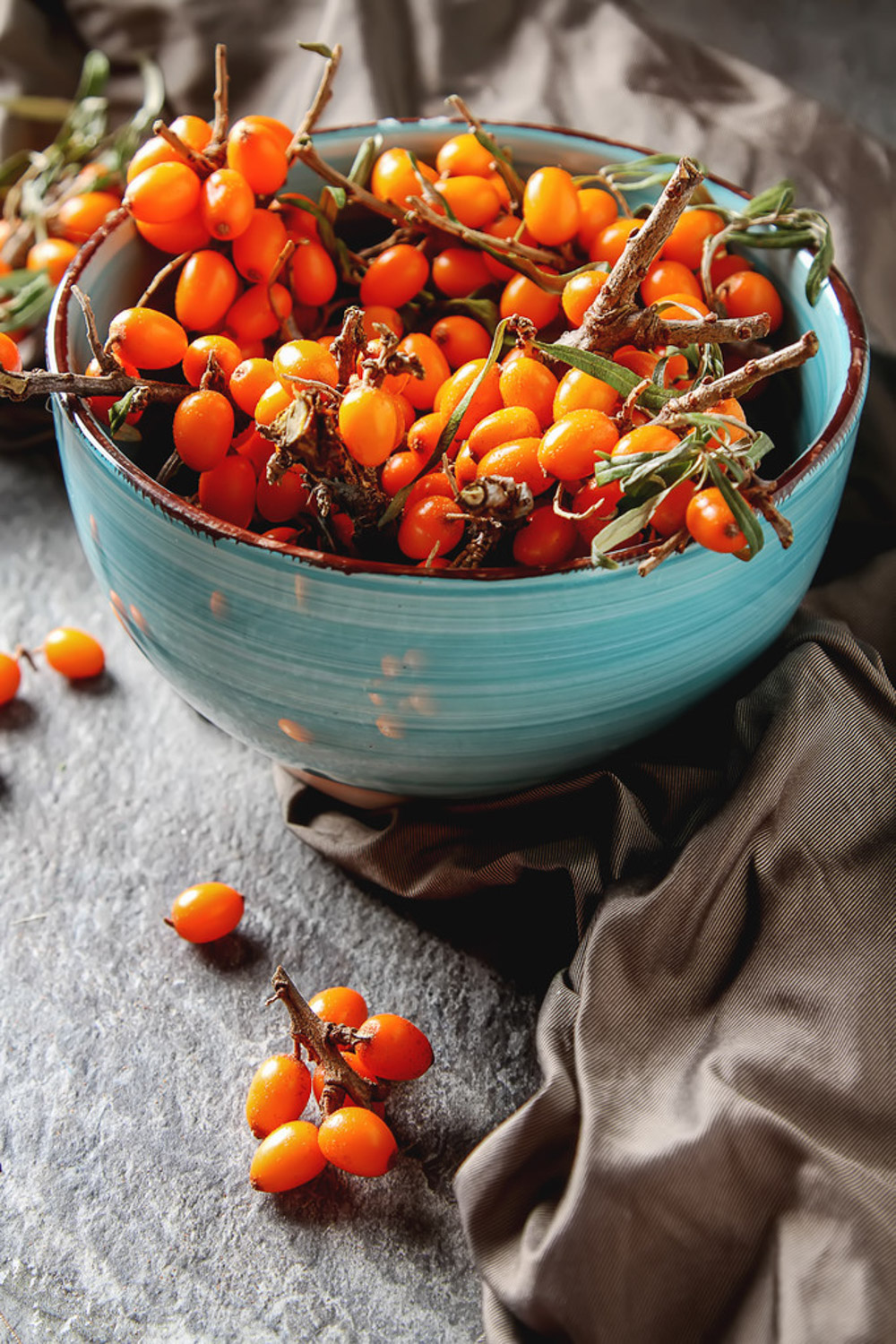1、 Introduction
Hippophae rhamnoides is a deciduous shrub of Hippophae rhamnoides in elaeagaceae. It is characterized by cold resistance, wind and sand resistance and can grow in saline alkali land. Therefore, it is widely used for desert greening. It is mainly distributed in North China, northwest and southwest China, such as Gansu, Ningxia, Qinghai, Shanxi, Shaanxi and other provinces. Its roots, stems, leaves, flowers and fruits are rich in nutrients and bioactive substances. In particular, the fruit contains protein, fat, vitamins, amino acids, minerals, carbohydrates and other nutrients. It tastes sour and sweet, thick and juicy

2、 What do you look like
Branches and stems: deciduous shrubs or trees, the plant height is generally 1.5m, but it can reach more than ten meters in high mountains, valleys and other places. The branches have many thorns, strong, terminal or lateral. The color of tender branches is brownish green, and the color of old branches is gray black
Leaves: usually single, subopposite. The leaf shape is narrow lanceolate or rectangular circular lanceolate, the two ends of the leaf are blunt, the base is approximately circular, and the base is wide. The leaves are green above and silvery white or light white below

Fruit: the shape of the fruit is approximately spherical, the diameter is between 4-6cm, and the color is orange yellow or orange red. The length of fruit stalk is about 1-2.5 mm. The seed is small, the shape is broad oval to oval, the length is about 3-4.2 mm, the color is black or purple black, and shiny
Flowering and fruiting period: the flowering period is from April to may, and the fruiting period is from September to October

3、 Picture appreciation




 jackfruit
jackfruit snake plant
snake plant hibiscus
hibiscus hydrangea
hydrangea lavender
lavender Green roses climb al...
Green roses climb al... If you don't pay att...
If you don't pay att... Management of four g...
Management of four g...



































